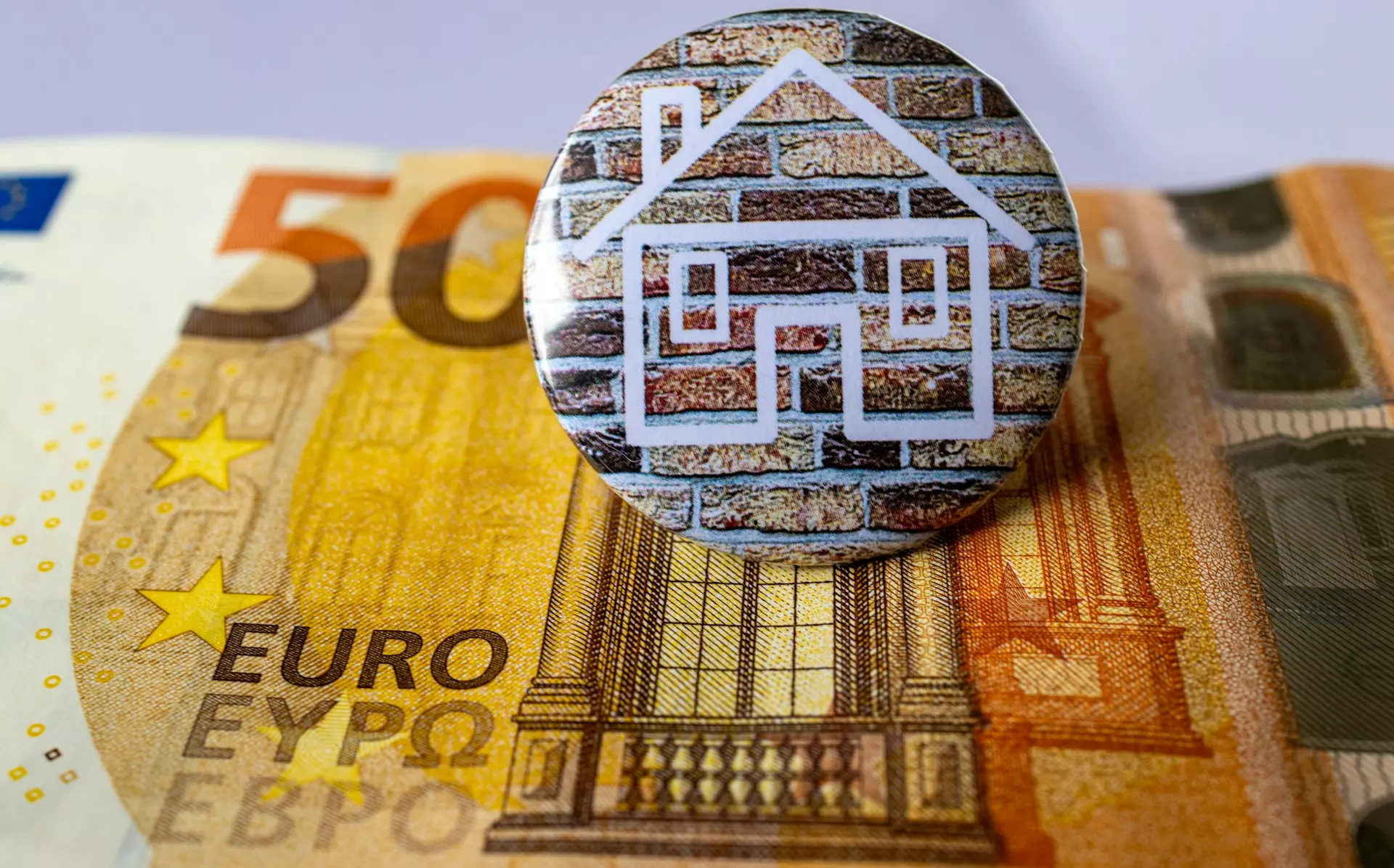Spain’s property sector has emerged as a powerhouse driving the nation’s economic recovery, with unprecedented growth across multiple market segments. The real estate industry continues to demonstrate remarkable resilience and expansion, contributing significantly to the country’s overall GDP and employment figures throughout 2024.
Get 50% OFF!
Subscribe to our newsletter and enjoy a 50% discount on all listing packages, no strings attached!

Spain’s Property Boom Powers Economic Recovery
The Spanish property market has become the cornerstone of the nation’s economic resurgence, with property transactions reaching levels not seen since before the 2008 financial crisis. Recent data indicates that real estate activities now account for over 12% of Spain’s GDP, marking a substantial increase from previous years and highlighting the sector’s critical role in national economic stability.
Market analysts report that property prices have stabilized across most regions, creating a balanced environment that attracts both domestic and international investors. This stability, combined with favorable lending conditions and government incentives, has created a perfect storm for sustained growth in the property sector, positioning Spain as one of Europe’s most attractive real estate destinations.
Real Estate Investment Reaches Record Highs
Investment in Spanish real estate has surged to unprecedented levels, with total investment volumes exceeding €15 billion in the first three quarters of 2024. International investment funds, pension schemes, and private equity firms have shown particular interest in Spanish commercial properties, luxury residential developments, and emerging market segments such as student housing and senior living facilities.
The residential sector has experienced equally impressive growth, with new construction projects increasing by 35% compared to the same period last year. This surge in development activity reflects growing confidence in market fundamentals and long-term demand projections. Key investment hotspots include:
- Madrid and Barcelona metropolitan areas
- Coastal regions along the Mediterranean
- Major university cities
- Emerging tech hubs in Valencia and Seville
Construction Activity Drives Job Creation
The construction industry has become one of Spain’s largest employers, creating over 180,000 new jobs in the past 18 months alone. This employment boom extends beyond traditional construction roles to include architects, engineers, project managers, and specialized trades, contributing to a significant reduction in national unemployment rates.
Regional governments have implemented streamlined permitting processes and infrastructure investments that support continued construction growth. These initiatives have reduced project timelines by an average of 25%, making Spain increasingly competitive compared to other European markets. The ripple effect of construction activity has also benefited related industries including manufacturing, logistics, and professional services.
Foreign Buyers Fuel Market Demand Growth
International buyers represent approximately 40% of all property transactions in key Spanish markets, with purchasers from the UK, Germany, France, and Nordic countries leading demand. The appeal of Spain’s climate, lifestyle, and competitive property prices continues to attract foreign investment, particularly in the luxury and vacation home segments.
Digital nomad visa programs and residency-by-investment schemes have opened new buyer categories, attracting tech professionals and entrepreneurs from across Europe and beyond. These programs have proven particularly successful in cities like Valencia, Malaga, and the Canary Islands, where foreign buyer activity has increased by over 60% year-on-year. The trend toward remote work has also driven demand for properties in smaller coastal towns and rural areas with strong internet infrastructure.
Regional Markets Show Strong Performance
Madrid leads national growth with property values increasing by 8.2% annually, driven by corporate relocations and infrastructure improvements including expanded metro lines and smart city initiatives. The capital’s commercial real estate sector has shown particular strength, with office occupancy rates reaching 94% and rental yields attracting institutional investors.
Coastal regions continue to demonstrate robust performance, with the Costa del Sol, Costa Brava, and Balearic Islands showing double-digit growth in transaction volumes. These markets benefit from year-round appeal, combining permanent resident demand with vacation home and rental investment opportunities. Key performance indicators across major regional markets include:
- Andalusia: 15% increase in foreign buyer transactions
- Catalonia: 22% growth in new construction permits
- Valencia: 18% rise in commercial property investments
- Balearic Islands: 12% increase in luxury property sales
Spain’s property sector continues to demonstrate its pivotal role in driving national economic growth, with sustained momentum across residential, commercial, and investment segments. The combination of favorable market conditions, international buyer interest, and government support creates a foundation for continued expansion well into 2025 and beyond. As Spain solidifies its position as a premier European property destination, the sector’s contribution to economic stability and job creation remains more significant than ever.





Join The Discussion